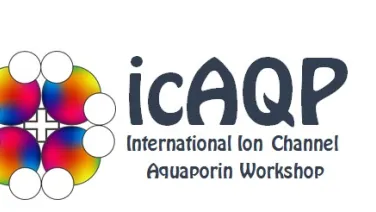News & events
News & events
Find out about our latest news and events.

Since it’s Bad Bird Season, we ask cuckoo apologist - sorry, cuckoo expert - Professor Naomi Langmore to explain how it could possibly be that the cuckoo doesn’t mean to be mean, when it sure looks like it does.

Age is no barrier when it comes to reproducing for male mosquitofish.

Australia has the world’s worst track record for wiping out mammals, with 34 species declared extinct since European colonisation. But today, we bring some good news: one rodent species, Gould’s mouse (Pseudomys gouldii), is set to be crossed off Australia’s extinct species list.

An Australian mammal thought to have been wiped out over 150 years ago can now be crossed off our list of extinct animals, following a new study.

A growing global push to halt biodiversity decline, most recently agreed at the G7 on Sunday, leaves Australia out in the cold as the federal government walks away from critical reforms needed to protect threatened species.

When animals are hot, they eat less. This potentially fatal phenomenon has been largely overlooked in wild animals, explain researchers from ANU.

Workshop online webinar over 4 days:
Monday 2nd November 4-6pm
Tuesday 10th November 4-6pm
Monday 16th November 4-7pm
Monday 23rd November 3-7p
The cross-kingdom mimicry of female insect sex pheromones by sexually deceptive orchids has fascinated evolutionary biologists ever since the importance of chemistry in pollination by sexual deception was first recognised.

Workshop online webinar over 4 days:
Monday 2nd November 4-6pm
Tuesday 10th November 4-6pm
Monday 16th November 4-7pm
Monday 23rd November 3-7p
Any antagonistic interaction has the potential of favouring sex, just as predicted by the "Red Queen hypothesis" in the case of host-parasite interactions. Is it really the case?
Reproductive success is strongly related to the display of extravagant sexual traits, such as the striking coloration of some bird species.
Ecological stressors such as predation can shape ecosystems, driving prey population and community dynamics through indirect, non-consumptive effects that may cascade across generations through parental effects.